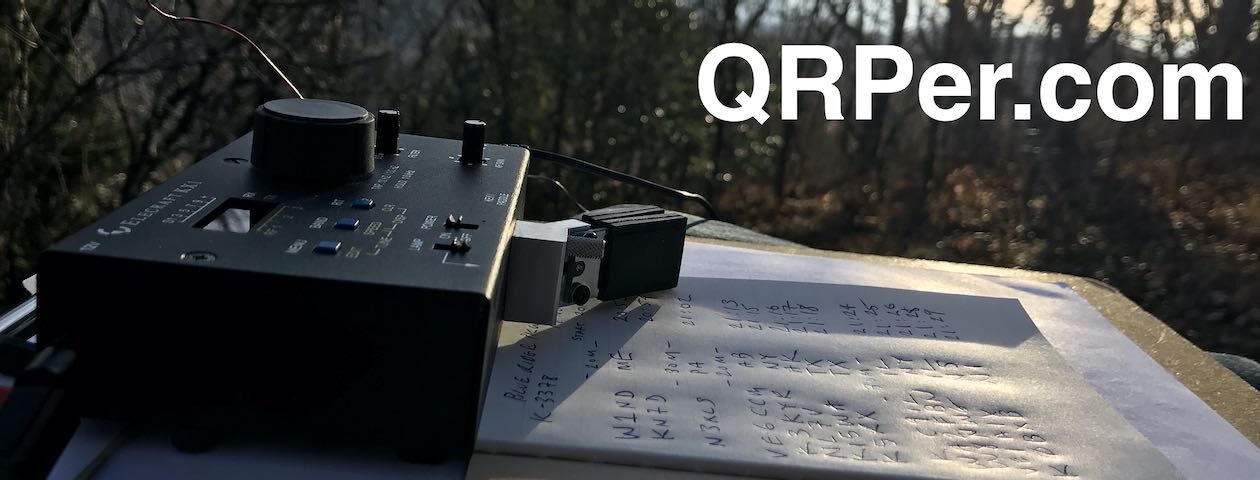
Many thanks to Dale (N3HXZ) who shares the following guest post:
Does your antenna counterpoise orientation matter?
by Dale (N3HXZ)
I am an avid SOTA and POTA activator and love field operation. I use a portable vertical whip antenna with a single counterpoise for my antenna system and have always wondered if orienting my counterpoise would provide some signal strength gain in a particular direction. I decided to run a series of tests using WSPR to gather field data, and use statistics to answer the question:
Does one counterpoise orientation favor another in terms of average signal strength?
WSPR is a great tool for antenna testing. You can study various antenna configurations by making some WSPR transmissions and then checking the data on the WSPRnet database to see how well the signal was received at various stations located all over the world. You have to be careful in interpreting WSPR data though as receiving stations have different antenna and radio configurations, and the band propagation can vary rapidly at times. So how do you take advantage of all the data you receive from stations and draw some meaningful conclusions? I have found that using proven statistical theory in analyzing the transmitted signal strength received from individual stations can provide you results that you can confidently trust.
So what statistical algorithm is helpful?
For antenna signal strength comparison between two configurations, you can use an independent two-sample t-test with a one-tailed t-test evaluation. It sounds like a mouth-full, but it is quite simple. For our purposes, the t-test compares the average signal strength at a given receiving station from two different antenna configurations. The one-tailed test validates or invalidates the hypothesis that one antenna configuration produces an average signal strength greater or less than the other antenna configuration.
The testing requires that you run WSPR long enough to gather multiple reports at a single receiving station for both antenna configurations. Using the signal strength reports, you compute the average signal strength and the standard deviation of the signal strength over the sampled data points. Excel can easily provide that data. With this information and the number of sample points for each antenna configuration (they can be different), you then run a calculation by hand or in Excel to compute the ‘t’ value.
This ‘t’ value is then compared to a critical value for the number of sampling points from a ‘Students t table”. If the ‘t’ value is less than the critical value you can confidently conclude that the hypothesis is false and therefore conclude that there is no significant difference in the mean value of the signal strengths between the two. If the ‘t’ value is greater than the critical value you can accept the hypotheses that one antenna configuration produces a greater or less average signal strength than the other configuration. Continue reading Dale uses WSPR to test counterpoise orientation



















































